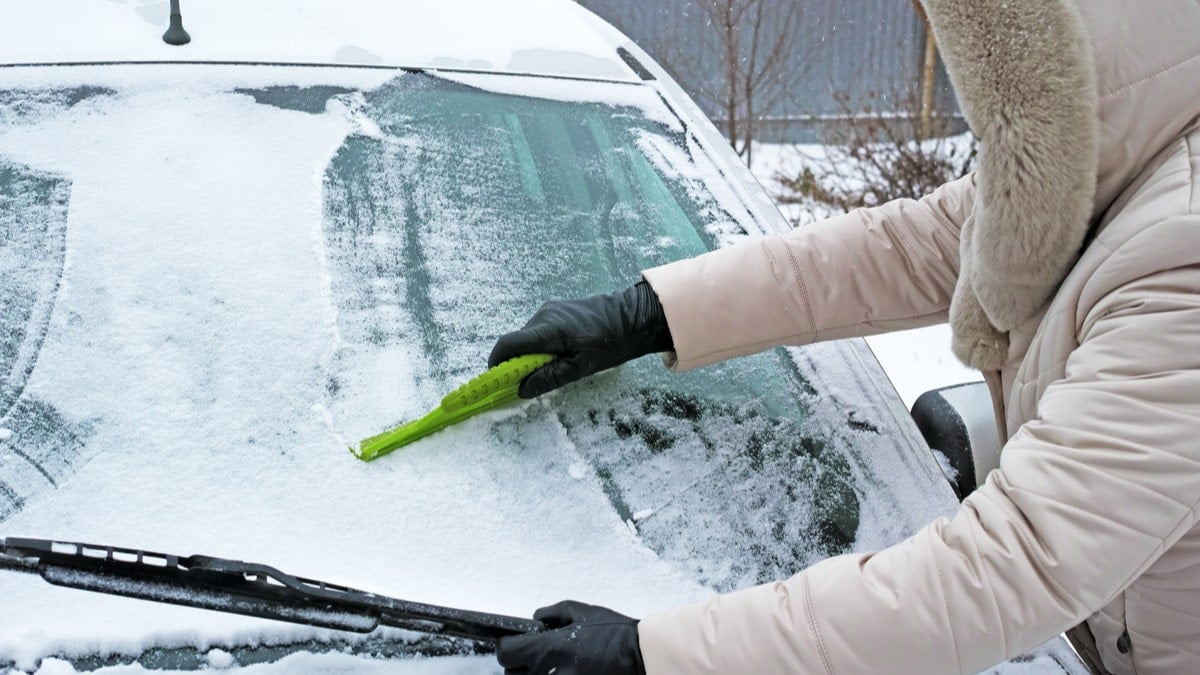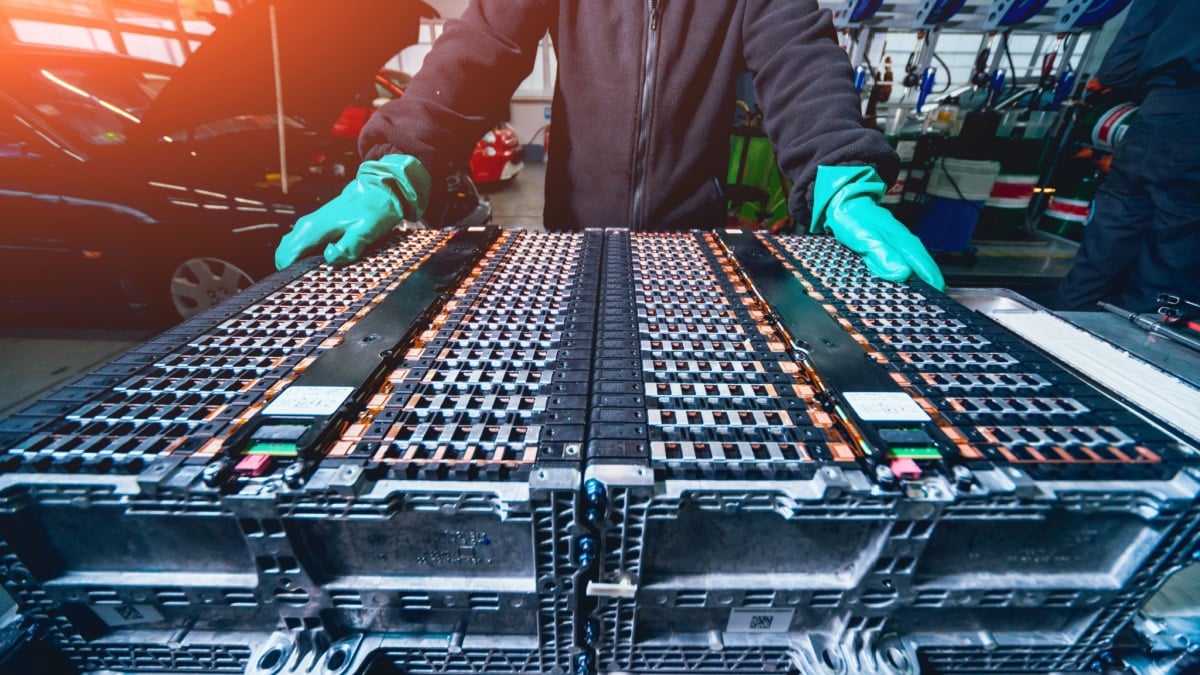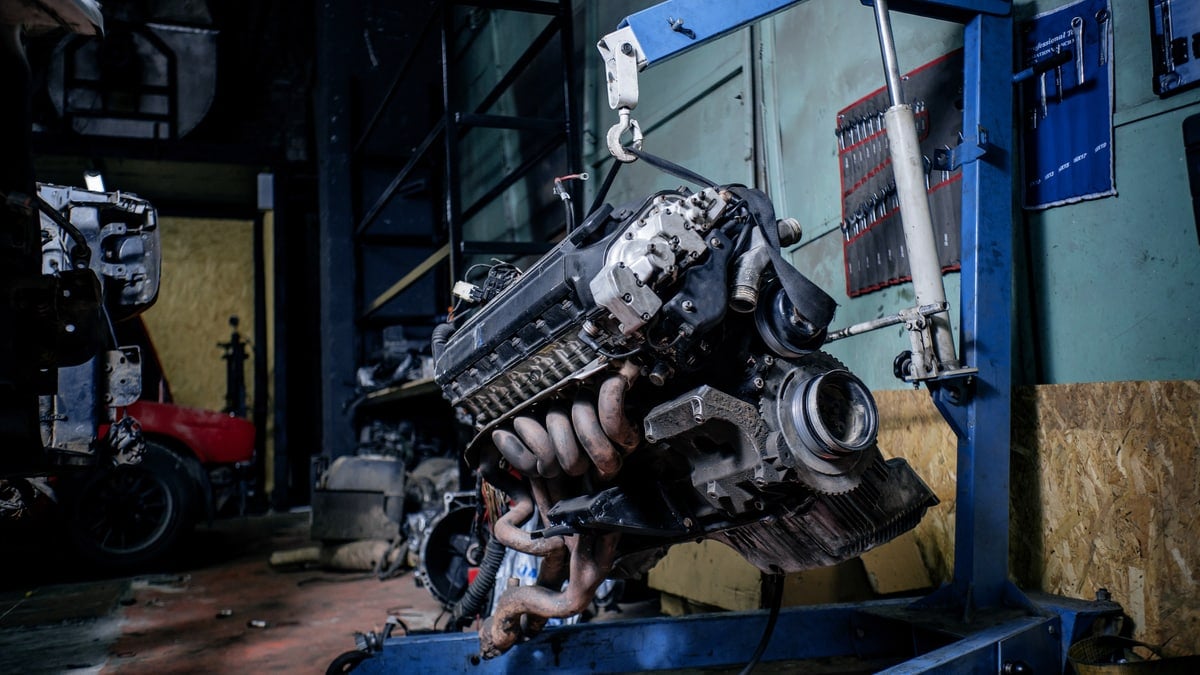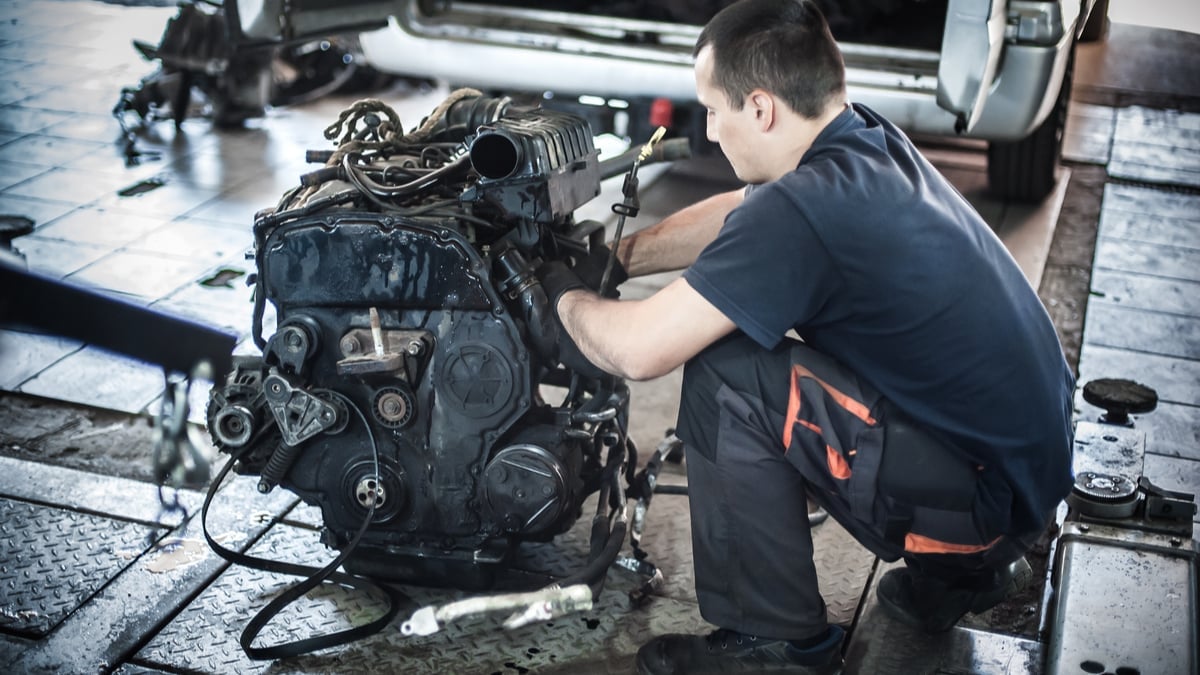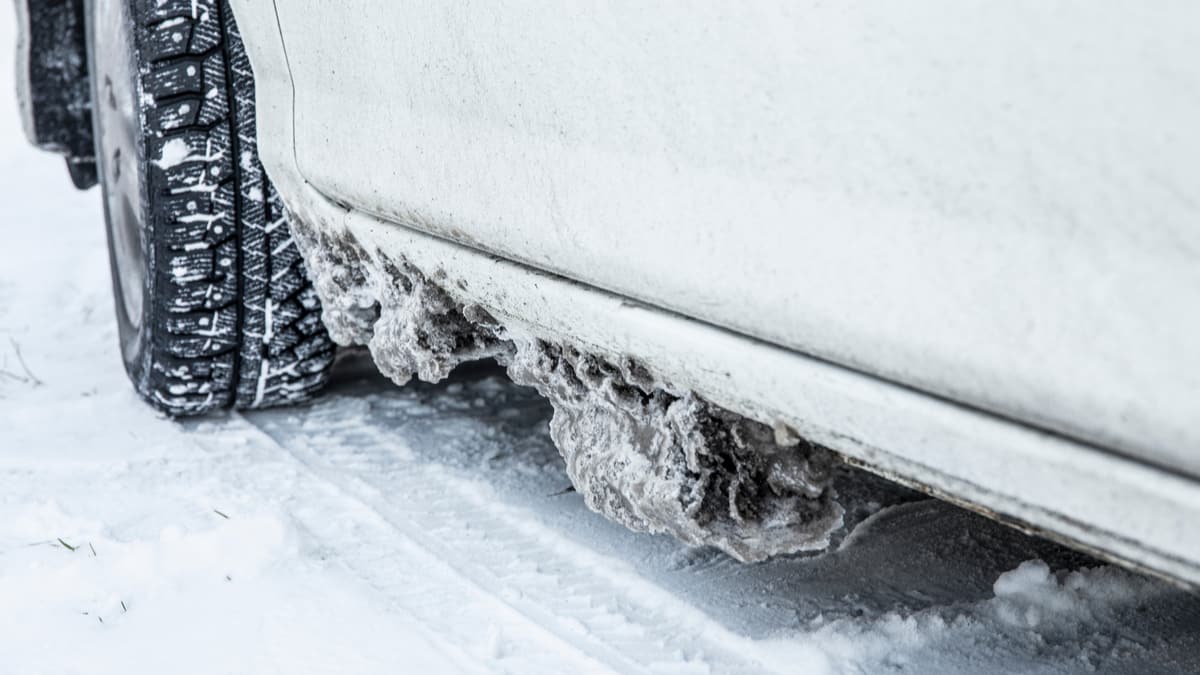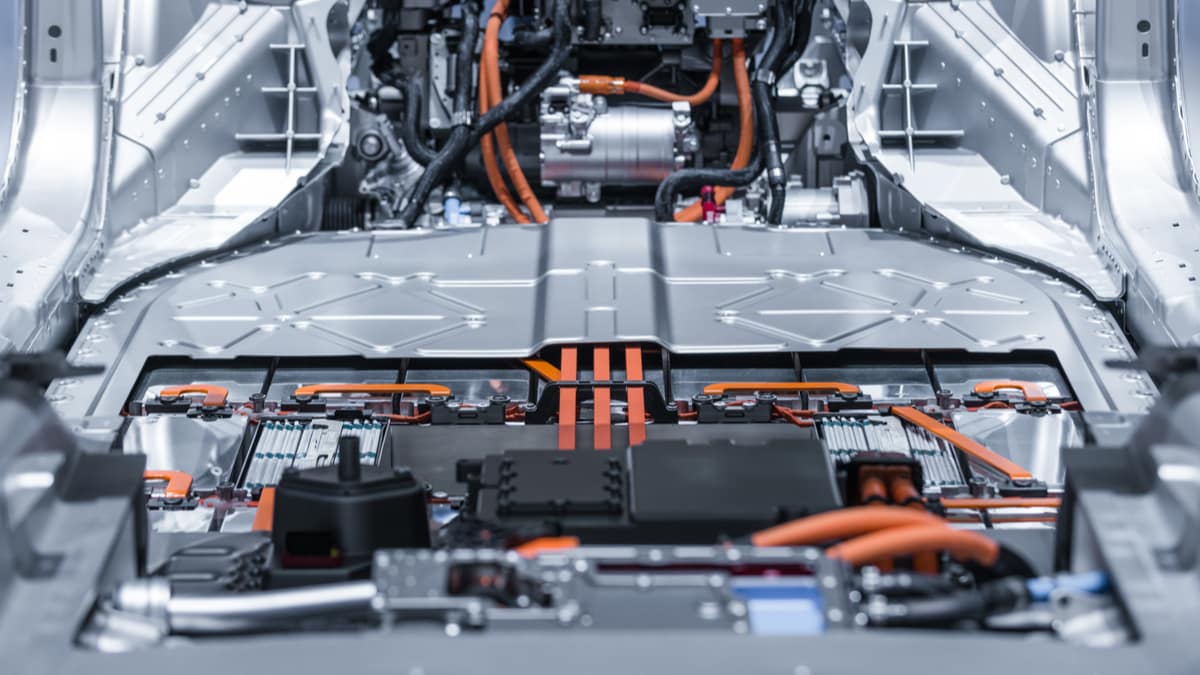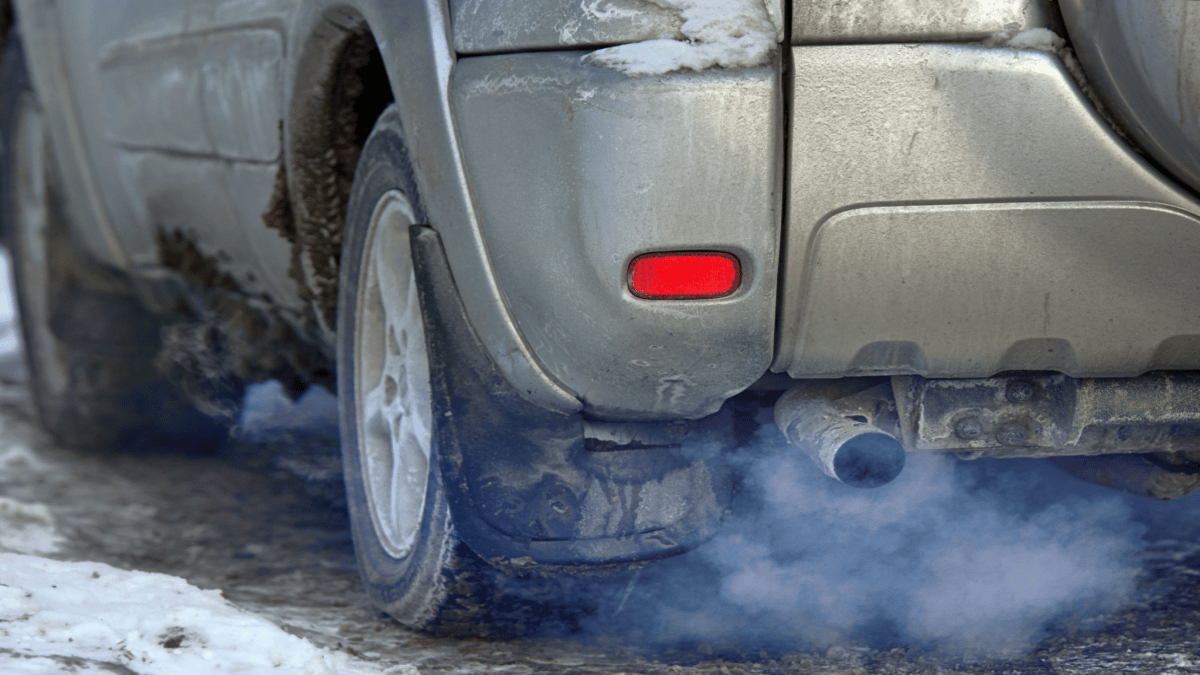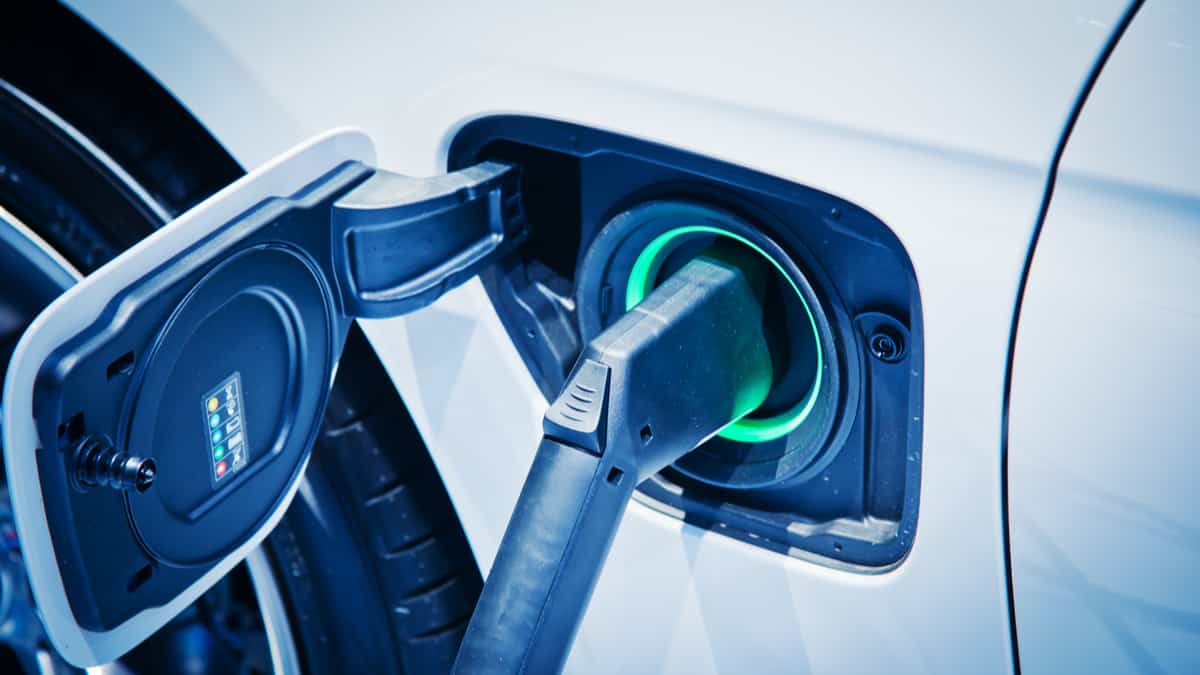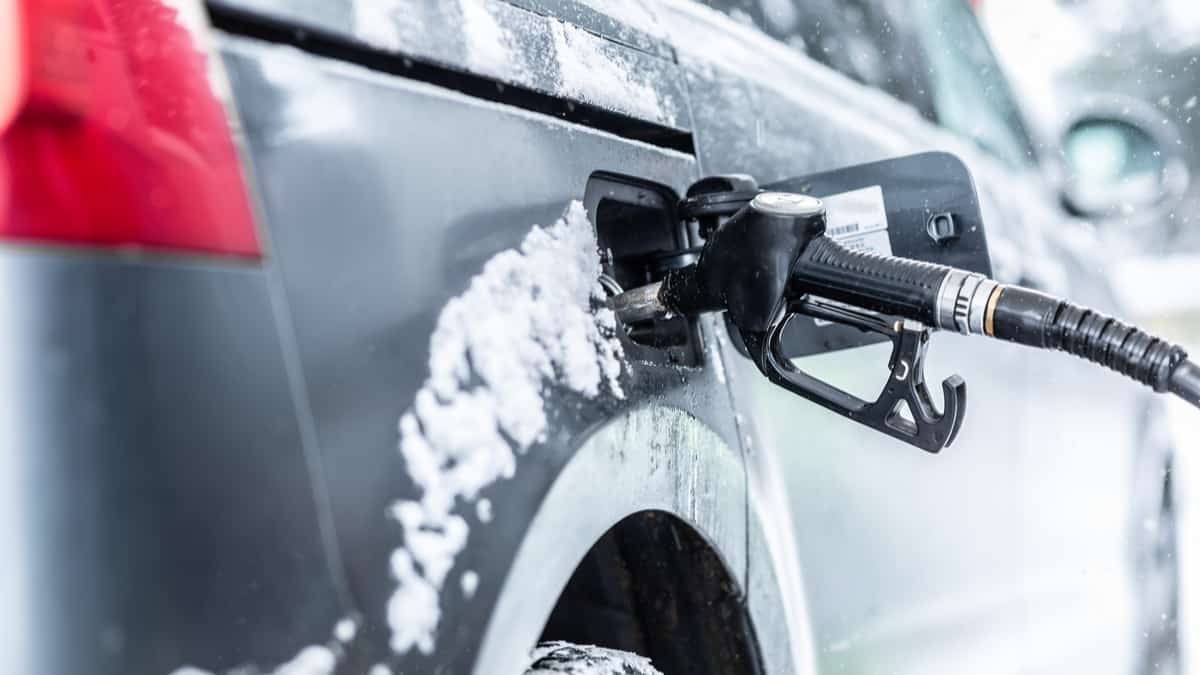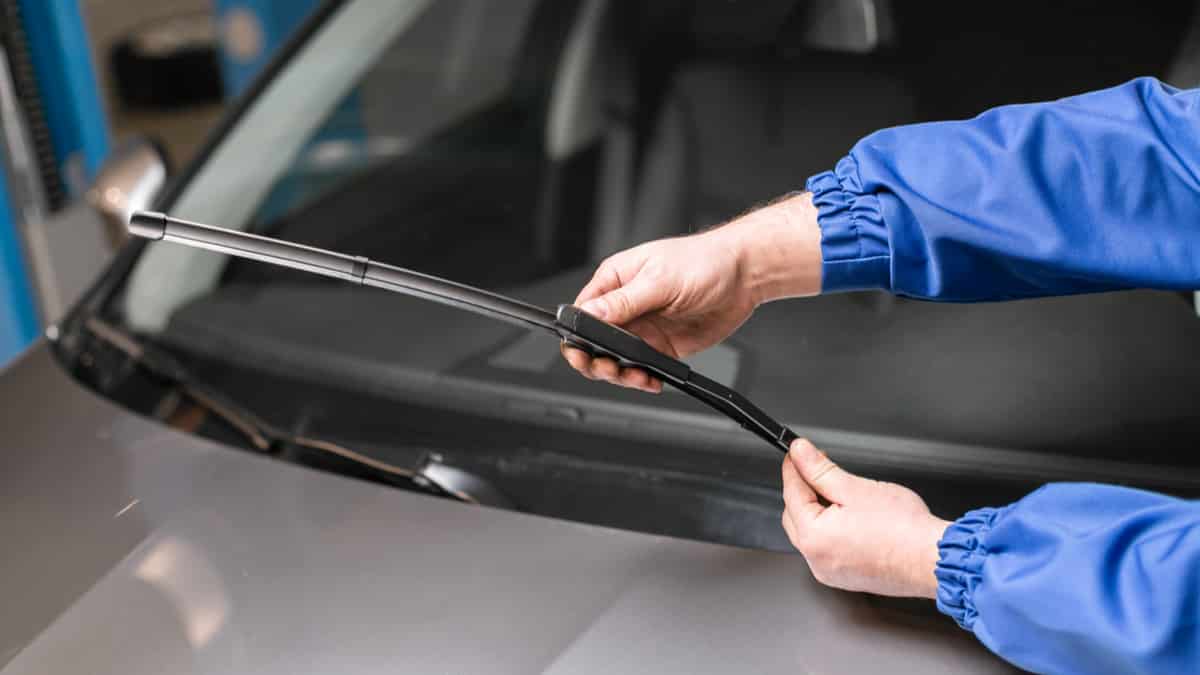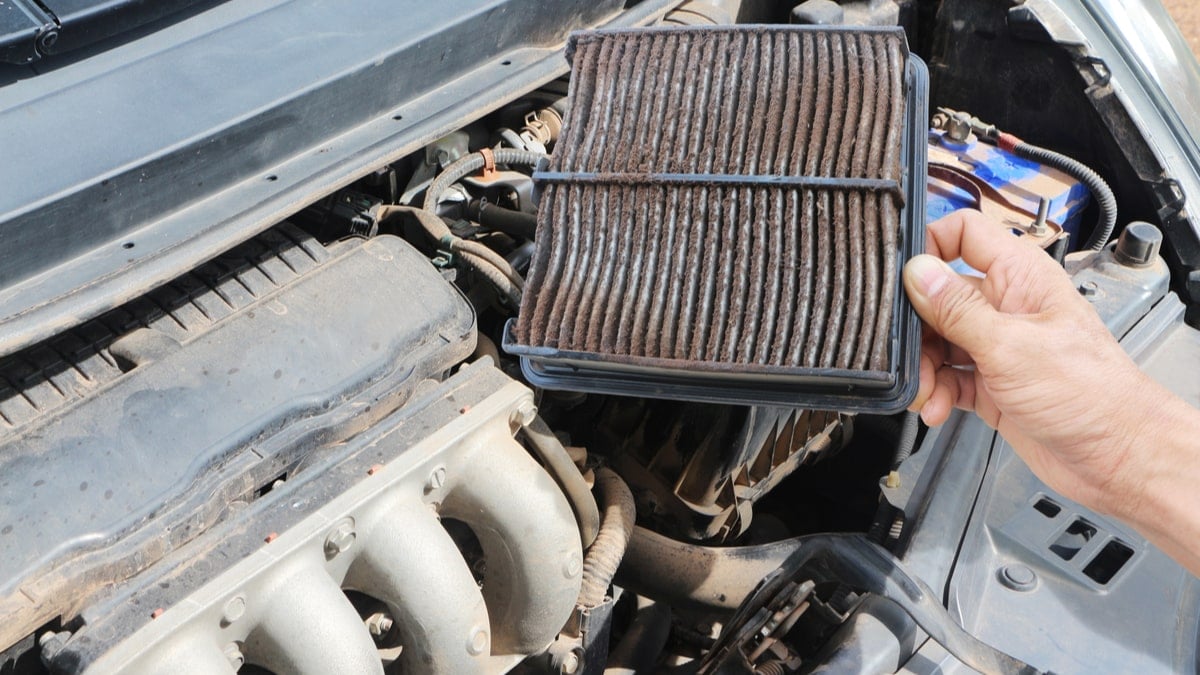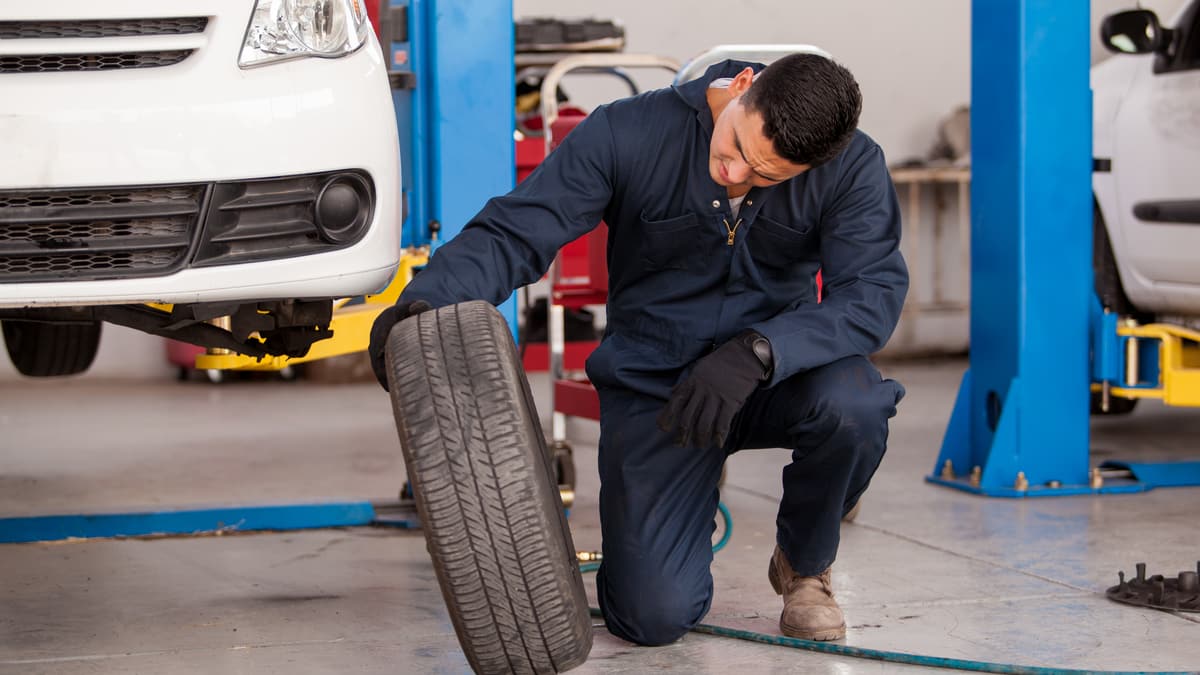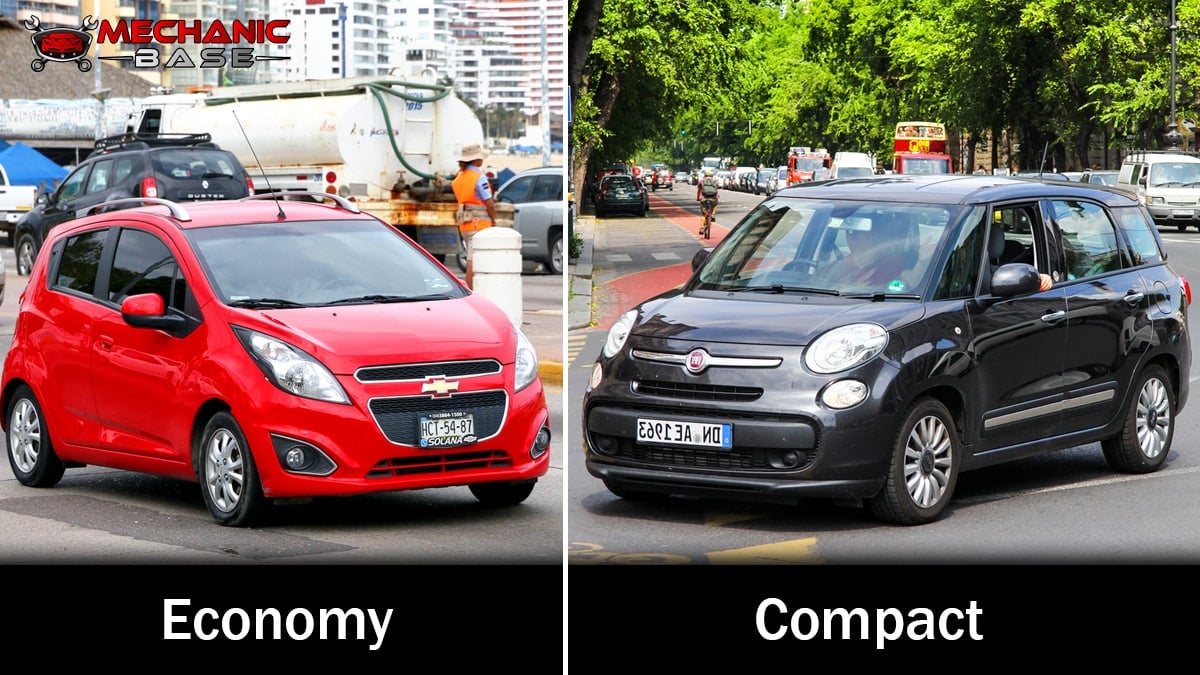It’s been a long-running myth that you need to idle your vehicle to let the engine warm-up, but this may not be entirely true anymore with modern vehicles. So, how long should you let your car warm up in the winter?
In this guide, we look at reasons why you don’t need to warm up the car engine. Furthermore, we also share a few times when warming up the car makes sense. At the end of this guide, you will find some practical steps that help you warm up your car the safe way.
How Long Should You Let Your Car Warm Up in the Winter?
Drive the car gently for the first 5-10 minutes after a cold start, however, there is no reason to run the engine at idle for more than 30 seconds. Modern electronic fuel injection systems know how much air and fuel to use for the engine temperature.
However, you should always drive carefully after a cold start if you live in a very cold climate as the engine oil becomes much thicker when it is cold. Full throttle 30 seconds after a cold start is therefore not recommended, but driving carefully at lower RPMs won’t be harmful to the engine.
Reasons Not to Warm Up the Car in Winter
1. Waste of Fuel
The biggest problem with letting your engine idle is the fuel you are going to waste. If you allow the motor to run for more than thirty seconds before you start driving, you are going through more fuel than needed.
With modern electronic fuel injection systems, sensors are used to determine how much air and gas should be combined. This ratio adjusts based on the engine temperature to ensure the right amount is always used. If you sit around and wait for the engine to be warmed up, you are allowing more fuel to pump into the engine than what’s needed.
There have been studies saying that fuel consumption can be increased up to 14% while idling. Imagine the cost of this if done every day.
2. Air Pollution Increases
Idling the engine doesn’t just use more fuel, it also creates more pollution. Idling vehicles create nearly 2% of greenhouse gas emissions.
While this doesn’t sound like a lot, it’s amazing how this is put into perspective. The iron and steel manufacturing plants don’t create half of this amount of emissions.
3. Harmful to Engine
Today’s car engines are created to work at optimal levels in any condition. You don’t need to idle the engine to get it running right.
Instead, the additional fuel that’s used while idling could create an imbalance to the precious ratio that the engine needs. If the engine runs rich, meaning it has too much fuel, oils can be stripped from the metal components and lubrication can wear down. Over time, the engine can sustain damage that’s expensive to repair.
If you’ve ever looked at the cost of replacing engine parts, you know that it’s never something you want to deal with. That’s why it makes more sense to care for your engine now, with good habits and proper maintenance.
4. Fogs Windows
It’s a common myth that you should idle your car to defog the windows. Instead, idling your car actually increases the amount of fog on the windshield and windows. However, if you live in a freezing climate you may want the engine to warm up to remove the ice from the windows, but in this case, a block or fuel pre heater is preferred instead of letting it idle every morning.
- As you warm up the car, moisture settles wherever it is coldest. That’s typically where your windows are. If you want to get rid of the foggy windows, you want to follow these steps:
- Switch the defrost setting on.
- Turn the heater to High so the air inside the cabin can get warm
- After a short time, switch the heat to air conditioning, which will pull the moisture out of the cabin air.
- Make sure air circulation is turned off.
- Open up the windows a crack to let the fresh air inside.
Your foggy windows should be gone quickly with these steps. If not, you can also leave a sock filled up with cat litter down by the windshield. This method helps to absorb even more moisture.
When Should You Warm Up a Car?
If your vehicle is more than thirty years old, it might have a carburetor instead of an electronic system. In this case, it does make sense to warm up your vehicle first. By warming up the engine, you allow the systems to work as normal. However, there’s no reason to warm it up for more than five minutes or so.
Additionally, there are benefits to preheating the plug-in hybrid or electric car. While this seems odd since they aren’t relying solely on a traditional motor, there are reasons behind the recommendation. If you can preheat the vehicle while still connected to a power source, you are able to retain the capacity of the battery, allowing for a longer driving range and more use of the accessories.
In cold weather, you will want to run your heat. However, the battery-powered vehicle uses electricity to supply this heat. As you can imagine, it uses a lot of power to heat a car cabin. If you can get the cabin toasty while it’s still plugged in, you won’t need to run it as much once you get going.
RELATED: How Long Does it Take to Charge an Electric Car?
How to Warm Up a Car – The Right Way
1. Consider Where You Park
The best way to ensure the car gets warmed up quickly is to first consider where you are parking the vehicle. If you choose to leave it out in the elements, it’s going to be as cold as the outdoors are.
Instead, consider parking the car in a garage, where it won’t be as cold and the vehicle is sheltered. You could also invest in a garage heater to keep it toasty year-round.
2. Start Defroster
Defrosters are made to reduce the condensation on the windshield and windows. However, you must know how to use the system properly to get it defogged quickly.
After you start the engine, run through the steps we outlined above. These steps require you to use both the defrost and air conditioning functions of the system.
3. Run for 30 Seconds
There’s no reason to let the car engine run for more than thirty seconds before you hit the road at lower RPMs and at light throttle. Anything more than this in a newer car is just going to waste fuel and create more pollution.
At the most, if it’s frigid cold, you might allow it to warm up for a minute, but beyond that, there’s no reason to hold back longer. The only times when warming up the engine makes sense is if you have an older vehicle or you drive one that’s battery-powered.
Take the First Few Minutes Easy
We’ve already told you that engine damage can occur from leaving the vehicle idle. For this reason, you want to get out on the road as soon as possible, but what does that look like? Should you gun the engine and take off at full speed? Not necessarily.
As you pull out, you want to take it easy for the first five to 15 minutes. The colder it is, the longer you should go. As the engine gets up to normal temperature, you want to be easy on the gas pedal. Once it hits its peak, you can fly like the wind.
READ MORE: How to Protect Your Car From Rust This Winter (6 Easy Steps)
Categories: Maintenance
